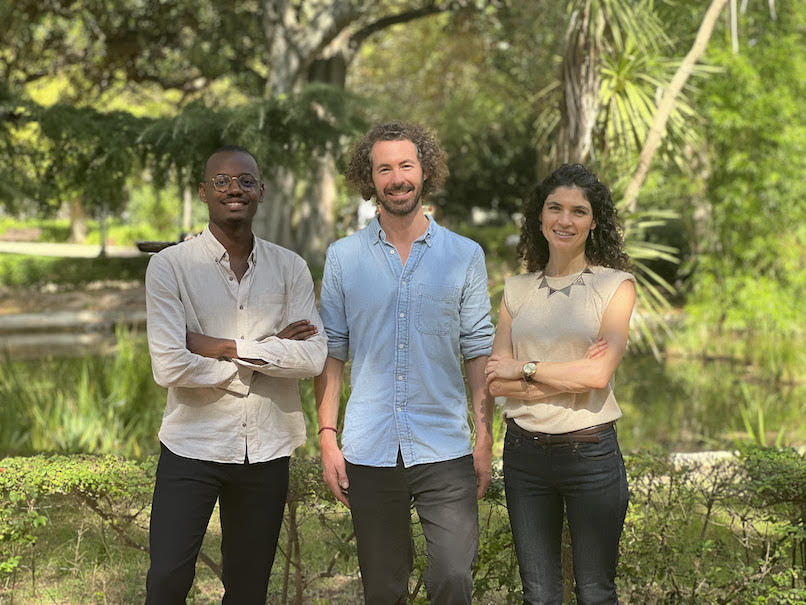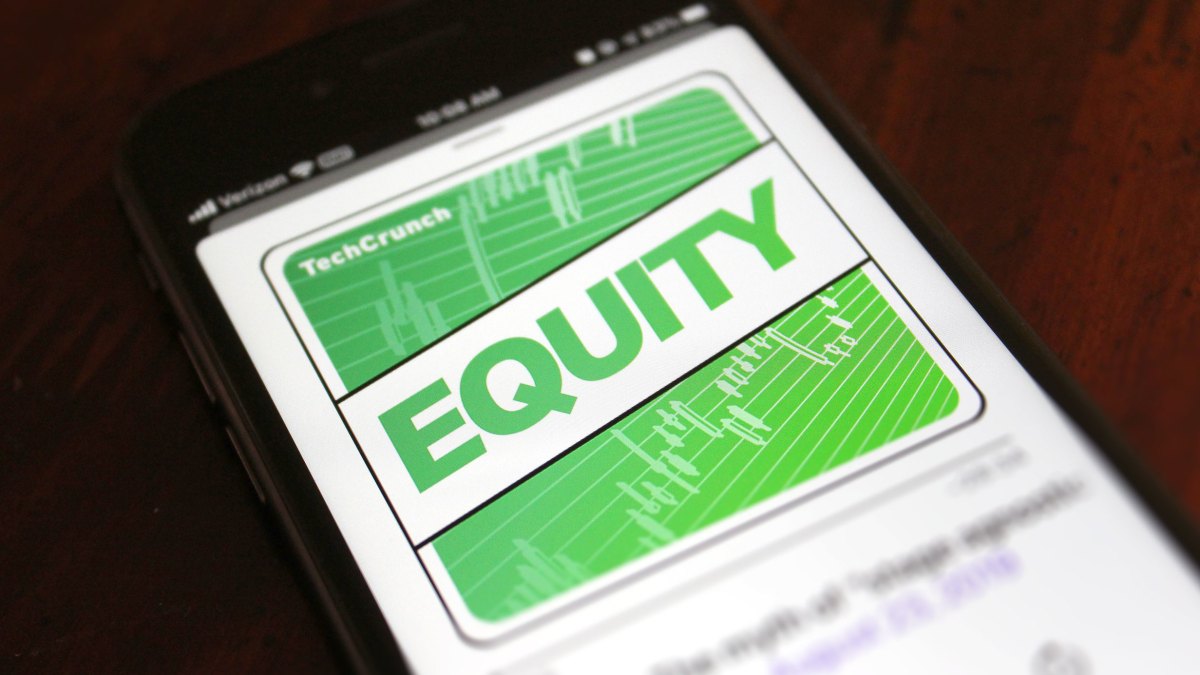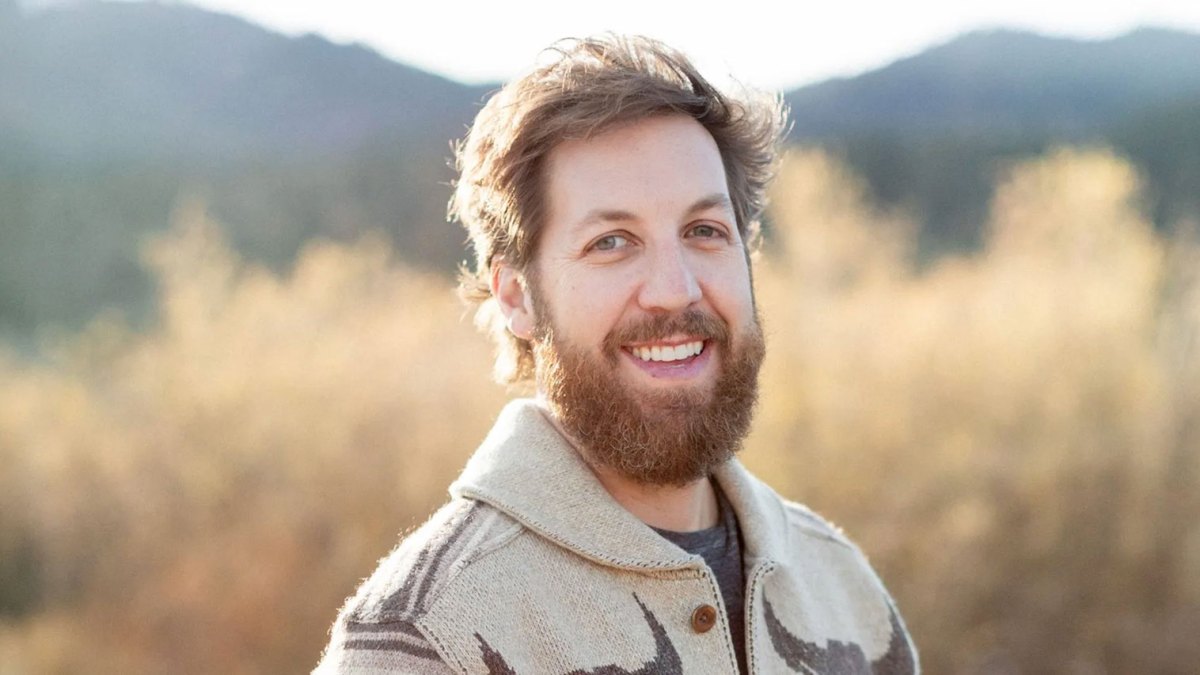Today, for a series of climate-related conversations organized by the global venture firm SOSV, we interviewed famed investor Chris Sacca, whose investment firm Lowercarbon Capital is managing $2 billion in capital across one fund that’s focused on nuclear fusion, another fund focused expressly on carbon removal, and the rest across a wide spectrum of bets. In our chat, Sacca dismissed questions around whether efforts like carbon capture can work at scale. (“The naysayers kind of fuel me, actually.”) He also said — naturally — that he has “no doubt we will have multiple companies worth trillions of dollars that emerge from our portfolio.” It wound up being a fairly wide-ranging conversation and you can watch it in its entirety at page bottom. Meanwhile, below are excerpts from our chat, edited lightly for length. The big news of the moment is the inflation Reduction Act. It allocates more than $300 billion to energy and climate reform, $60 billion for boosting renewable energy infrastructure, and manufacturing like wind turbines and solar panels. At the same time, it fell short of what climate activists really wanted to see. What do you make of it? Look, the President himself called it a big fucking deal. And it is. It’s a huge step forward for our industry, for our country, and the planet– no doubt about it. Bless the activists. I love where their hearts are, but we have to be pragmatic about this, and we don’t have time for purity tests. . . It was better than we could have expected, frankly, and we’re glad everyone got to the table and hammered on a solution. Were you consulted by anyone in Washington? We weren’t. Actually, I have an allergy to Washington. One of the reasons we started Lowercarbon was after years of basically rebuilding the democratic tech stack, I got a little burned out by a process that’s so many degrees removed from the ultimate solution. So we built Lowercarbon to say, look, we can build climate solutions now, where it’s up to us to deliver something that consumers and businesses want to buy from us. If we have any relationship with government, it’s government as a buyer. If free money falls out of the sky, we’ll take it, but everything we’ve done now makes sense because the unit economics are there to go ahead and compete head to toe with products that are predicated on petroleum. It was actually just a bonus that the IRA got passed, but we weren’t counting on it. Your timing is remarkable, considering that even if we were to enter into recession at this point, this money is now going to be flowing into the economy, making climate investing relatively bulletproof. [Climate investing] is recession proof, even without the IRA. Everything we’re doing is providing a substitute good. That’s what almost feels unfair. You spend years building Twitter and you put it up in the app store and you hope somebody gives a damn. It could be a really well-designed product, but maybe no one cares, whereas everything we’re building right now, we actually know the demand for it. And if we deliver a better, cheaper, faster, cooler, easier-to-use, sexier products, then we’ll even grow the market. So I actually think this is some of the easiest investing we’ve done. What’s happened in the war in Ukraine, the shortages of energy facing Europe, overall climate disasters around the planet, the commitments that companies have made to decarbonize, and the reality that clean energy and clean products are reaching price parity are just massive tailwinds that we’re trying to keep up with, frankly. You busted out of the gate last year with an $800 million fund. Then this spring, you announced a $350 million fund that was focused exclusively on carbon removal. Why break that out as a standalone effort? So basically carbon pollution that we put in the atmosphere, we’ve got to get back out . . and that can happen in a wide range of ways, from direct air capture — those big fans out in the desert that are sucking air — to accelerating biological processes [like] crushing up rock that carbon loves to attach to, or growing algae or kelp. And so we have a fund dedicated exclusively to that. It’s a burgeoning industry; we’ve partnered with companies like Stripe and the Frontier Group that they brought together. And that was a separate fund because . . . we saw the cost of building this stuff come down so precipitously, and the revenue available and the spend available go up so precipitously [that] it reminded us of the early days of Y Combinator [when] the cost of building a company had come down by orders of magnitude. Money doesn’t always produce results. It’s exciting that there’s so many options now and so much money is flooding into carbon capture, but do you worry that industry is going to say, ‘We’re putting money into this marketplace,’ or ‘We’re putting money into this technology, so we can continue on with our bad behavior’? I am not concerned because, frankly, digging up and burning old dinosaur bones is expensive, so every time we remove that from a process or a product, we make money. And carbon has real value. When we capture carbon, there are uses for it. We upcycle it into jet fuel. We’re now embedding it in stuff like concrete, so there is value there. So companies can continue with what you call bad behavior, but that’s just bad business. And so yes, I mean, greenwashing and fake ESG funds and stuff like that are bullshit. But the reality is anyone who continues down that path is just gonna get left behind by the biggest economic transformation in the history of the planet. A lot of skeptics question whether carbon capture will work at scale. I recently read that the world’s largest carbon direct air capture facility that’s currently under construction is expected to remove only









